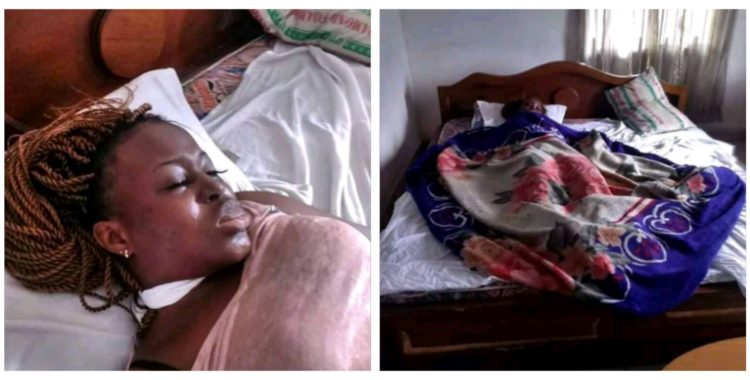Why more girls get killed by lovers they met on social media.
In the past one month, bodies of five women were found in hotels, presumed killed by men they met on the social media. We believe that more people die in the hands of people they met on social media, but their deaths go undetected and unreported as such.
When you include other harms apart from death, thousands of people suffer in the hands of social media friends; the most frequent harm women suffer in the hands of men they met on social media is rape.
Someone you met on social media invites you to a business meeting or he promises to get you a job interview. Or he invites you to an eatery or restaurant. Or he offers to drop you off after the meeting. Without meaning to scare you, any of these meetings can expose you to rape, and death if you resist.
Most victims of rape are too embarrassed to report it. A rape victim is more likely to report it if the rapist is a bigger or more influential man like a pastor against a young church member or a politician against an ordinary person or a professor against a student or a soldier or police against a student. But when raped by a male contemporary or someone of lower social standing, or someone you were not supposed to be with, you will be too embarrassed to inform anyone.
Another type of harm frequently suffered in the hands of friends you met on social media is scam or fraud. Women and men are equally victims of this. The man will promise marriage and the woman believing in his promise, begins to give him money. Or a young beautiful lady gives her male friend the impression that she is ready for romance. The man believing this, begins to send her money. When these promises are not kept, a perception of deception and fraud occurs.
It is time we looked into these patterns of the deadly or harmful friendships, the reasons they occur and how to detect danger signals. DPA has studied so many complaints of these types of harmful encounters and has developed some rules to help reduce your exposure to risks.
The most significant problem most people have is that they have little knowledge about mental health problems. Many people who look normal and well in pictures are indeed not well. As you meet a person on social media, you should realise that this is a stranger and nothing can immediately change that. This is not to say you should be afraid of strangers; rather, it only reminds you that you don’t know this person.
Also, you need to treat the pictures a person displayed on social media in the opposite way you currently treat such pictures – the pictures are there to deceive you. Remember this: even for normal healthy people without mental health problems, nobody puts up a picture that is exactly him or her. Everybody who has the capacity to make his or her picture look better than real will do that. So, look for things outside the pictures.
For a person to have a mental health problem does not mean that the person has to be shabby or acting noticeably strange. There may be certain psychosis (sickness of the mind) that nobody sees until it shows up in form of sudden violence. Many of the active social media community members do not know things like mania delusions, bipolar, etc.
Once you are no longer satisfied with pictures as your only way of knowing people you’re dealing with, you will be forced to look for better ways to know the truth about people you meet and that will save you from falling into the wrong hands.
Avoid people who demand for sex or money so early in the friendship. It is always a bad sign. It doesn’t natter his reason or her reason for such demands. When you ask her: “How are you?” and she replies “I’m hungry”, end that chat. That’s a bad sign. When you meet a man who wants to marry you within a week of meeting you, that’s a bad sign. When you meet a person who showers you with praises without knowing you well enough to justify those praises, that’s a bad sign.
The picture shown here is that of a lady (a single mother) that was found dead in a hotel room after spending the night with a man she met on social media.

